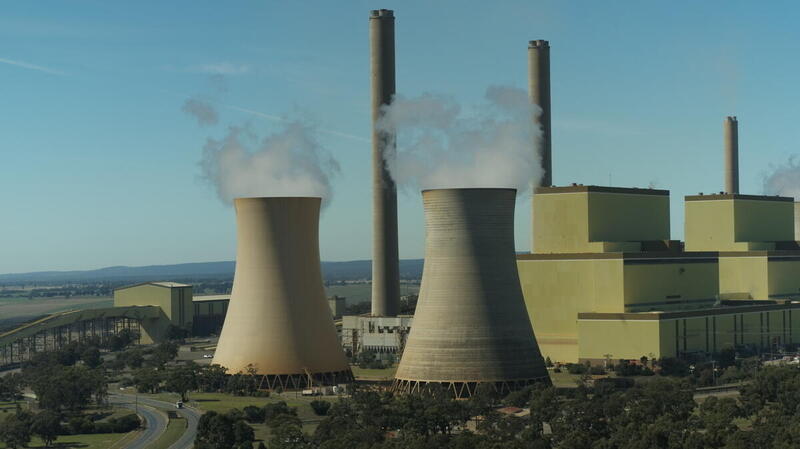Labor’s victory and the overwhelming vote for climate-focused candidates marks the death knell for AGL’s proposed demerger, Greenpeace Australia Pacific says.

The incoming government’s Powering Australia policy [1] is to ensure renewables will make up 82 per cent of the National Electricity Market (NEM) by 2030, which closely aligns with AEMO’s industry-backed step change scenario for the withdrawal of all brown coal generation and two-thirds of black coal generation by 2032 [2]. Under this scenario, it becomes virtually impossible for AGL to operate their dirty coal-burning power stations much beyond 2030.
Federal government policy will now mean AGL’s Loy Yang A is likely to retire by 2032, while AGL’s Bayswater power station will be unviable beyond 2030, when its largest customer, the Tomago Aluminium Smelter, will switch to renewable energy. AGL must work with the incoming government to realise the opportunities of the energy transition, build a bright future for energy regions, and establish Australia as a renewable energy superpower.
Glenn Walker, Greenpeace Australia Pacific senior campaigner, said Labor’s victory is a giant nail in the coffin for AGL’s proposed demerger, and the company should instead focus on planning a rapid shift to renewables.
“The political tide has turned dramatically for strong climate action. Not only has the Australian public made their views clear, but the incoming Labor Government’s 2030 renewable target renders AGL’s proposed demerger a dead duck.
“It would leave AGL and Accel Energy shareholders with stranded assets, plummeting value, and a reputational nightmare. Investors who once owned shares in one of Australia’s oldest companies would be left carrying the can for one of Australia’s biggest corporate failures.
“AGL’s management has consistently failed to recognise the speed and opportunity of the energy transition. But with former Energy Minister Angus Taylor no longer exerting ideologically-driven pressure, now is the time for AGL to follow the science, the market, and the demands of the Australian public.
“AGL must remain whole, close coal by 2030, and invest heavily in large-scale renewables and technology to support householders to generate their own share of clean energy. This was true before a Labor victory and it is inevitable after one,” he said.
AGL’s CEO Graeme Hunt recently claimed that it would be “impossible” to build 12-15 GW of new renewables to replace coal power stations by 2030, but Labor’s policy involves the build-out of over 25 GW of new large-scale renewable energy by 2030.
—ENDS—
Notes
[1] https://www.alp.org.au/policies/powering-australia
[2] https://aemo.com.au/-/media/files/major-publications/isp/2022/draft-2022-integrated-system-plan.pdf
